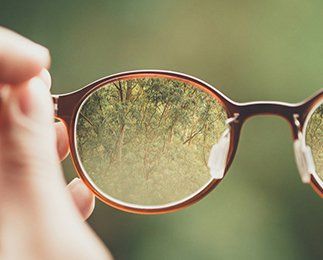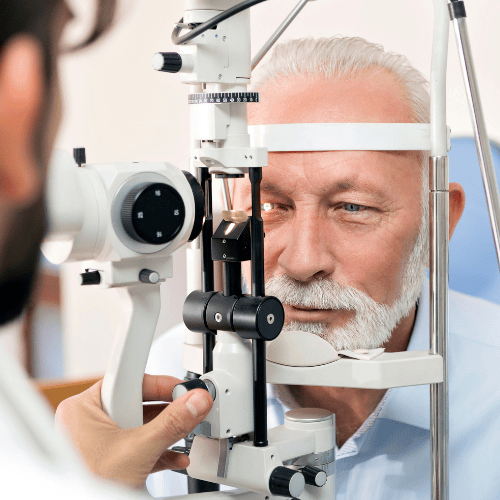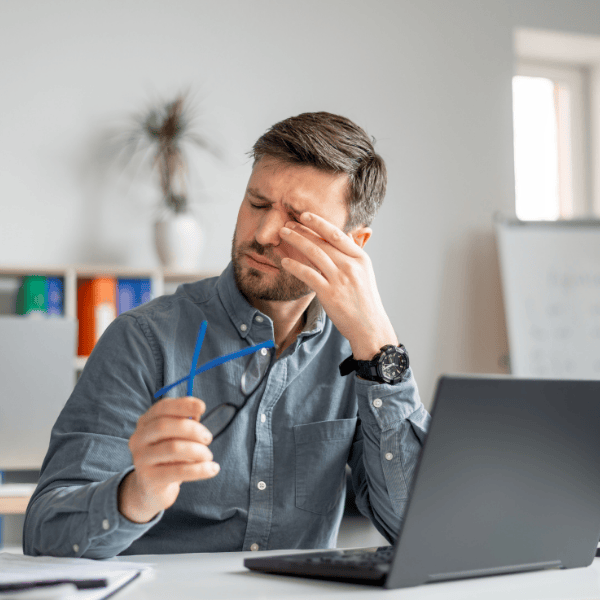What Causes Myopia (nearsightedness)?

Myopia is defined as a vision problem that causes images to become blurry at a distance. When light focuses improperly on the back of the eye (the retina) images in the distance are blurry while images near to you remain clear. This is the reason why myopia is also called being “nearsighted”.
The number of people who are myopic is staggering and is on the rise. In the last 40 years the
percentage of the population with myopia has gone from 25% to 41.6 % in North America and in countries in East Asia those numbers are even higher. In fact in Taiwan an astounding 80% of the population is myopic!
For such a common condition it is amazing that we aren’t completely sure what causes it. There is a lot of research currently being done which I will discuss in this article. I will also look into two questions I frequently get asked at Mountain View Optometry: Does myopia get worse with age, and, can myopia be prevented or at least slowed down?
We do know that certain risk factors exist for myopia. One risk factor appears to be where one was raised. Myopia is more common in industrialized countries compared to developing ones and is seen more in cities compared to rural areas. Why? Is it the increased amount of reading or computer work? Most of the research done to test this theory has been disproven, so it’s still a mystery as to why we see more myopia in developed urban areas. Another risk factor is family history. If both parents are nearsighted then a child is almost four times more likely to become nearsighted compared to children of parents where neither the mother nor the father is nearsighted. I see evidence of this every day when I see entire families that require correction for their myopia.
Recent research has tried to explain myopia development by studying chickens. Researchers placed chickens under conditions where light is focused improperly on the outer edges of the back of the eye. This caused the chicken’s eyes to become near-sighted. Chickens exposed to more sunlight were less likely to become nearsighted – so there may be a way to change the way light focuses at the back of the eye and therefore reduce the amount of myopia over time.
As for the question: does myopia get worse with age? The simple answer is yes. If diagnosed in children, usually myopia will continue to get worse until the child stops growing, or around 18 years of age. At this point it will usually stop or at least slow down. How much it slows down depends on many factors including ethnic background, age, and sex. In fact those of Asian descent will progress about 1.5 times faster than those of Caucasian descent. The fastest rate of progression seems to occur at age 8 and if you are female you will progress 12% faster than a male.
Finally I will address the question that I hear the most and which is the most important: can I prevent myopia or at least slow it down? This answer is complicated and the short answer is “maybe”. Since it requires much more explanation I will discuss it next month – watch for my blog titled “Prevention of Myopia”
– Dr. Brent Hopfauf, optometrist at Mountain View Optometry











